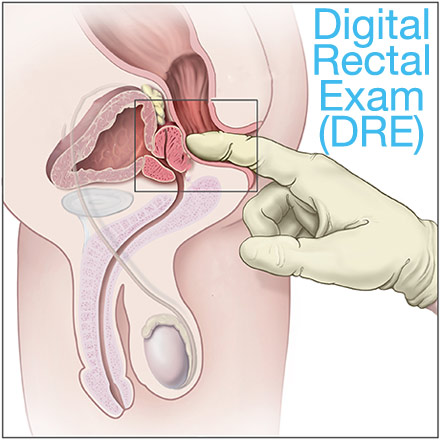Diagnosis of Constipation
What kind of constipation do you have?
In general, constipation is caused by an intestinal slowdown. The question is: how and why does it happen?
The vast majority of people do not require testing to diagnose constipation. They assess the situation and cure themselves through a variety of dietary changes or home and over-the-counter treatments. Others may visit the doctor, be diagnosed, and be prescribed mild medications, along with changes in diet and exercise.
However, a small number of patients face a more serious medical issue. When constipation continues over a longer period and increases in severity, the doctor may carry out a number of tests to determine the cause of the problem, select the appropriate treatment or, in case of advanced constipation, refer the patient to a gastroenterologist, or specialist in digestive disorders.
Medical History
A visit to the doctor usually begins with the doctor taking your medical history. He or she will ask a number of questions about your symptoms, the frequency and consistency of bowel movements, the duration and severity of the constipation, family history, medications, diet, exercise and lifestyle.
Digital Rectal Exam
Next, the doctor may feel the abdomen and conduct a DRE (digital rectal exam). This is done by inserting a gloved, lubricated finger into the rectum to check for any abnormalities. Based on the results of this examination, the doctor may requisition other tests, such as blood and thyroid tests.

Other Tests
When patients display more severe symptoms, the doctor will request more extensive testing to be carried out. This may include the following:
Abdominal x-ray – Involves taking an x-ray of the abdomen to detect the amount of stool accumulation.
Colonoscopy – Involves examining the rectum and entire colon using a flexible tube with a light on the end, called a colonoscope. A newer technique, called virtual colonoscopy, allows the doctor to look into the colon without inserting anything into it.
Barium enema x-ray – Involves viewing the rectum, colon and lower intestine after the organs are filled with a liquid that makes these areas visible. Tumors and narrowings can be detected in this way.
Sigmoidoscopy – Involves examining the rectum and lower colon using a special flexible viewing instrument called a sigmoidoscope.
Colorectal transit study – Involves finding out how food moves through the colon. The patient must swallow small capsules that can be traced on an x-ray as they move through the large intestine and anus.
Anorectal function tests – Involves a variety of tests that evaluate the functioning of the anus or rectum, its muscles and contractions.
Defecography – Involves inserting a soft paste into the rectum and taking x-ray pictures as the paste is expelled. This test checks on the effectiveness of stool elimination, the rectal muscles and abnormalities.
